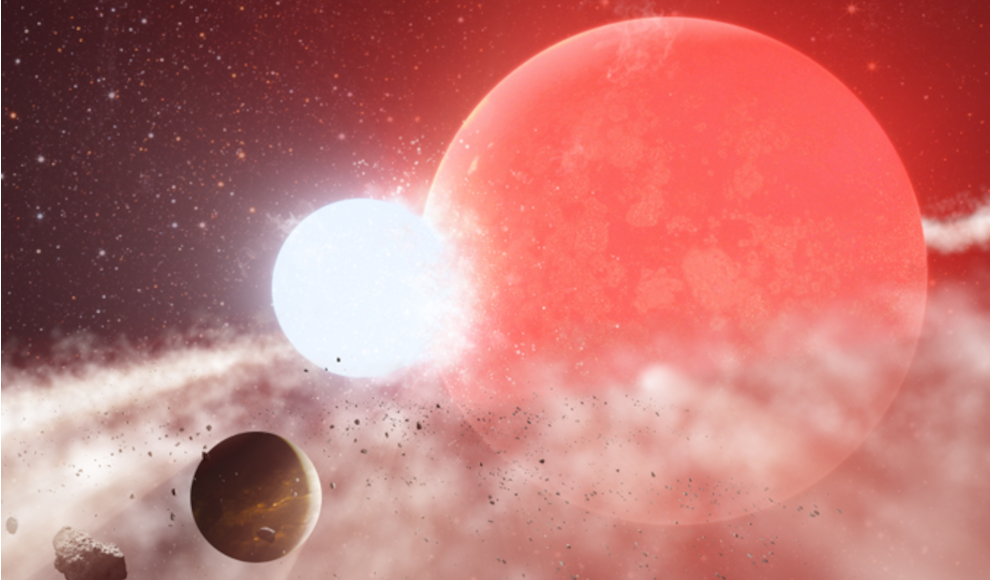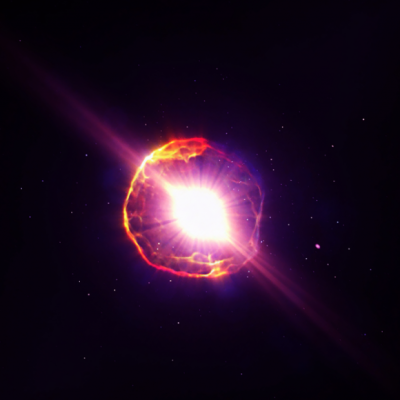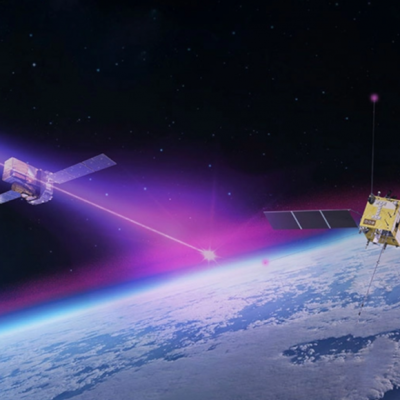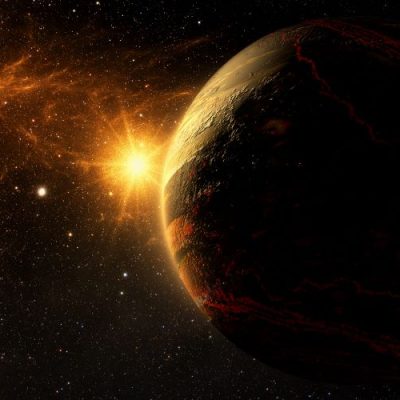In a surprising discovery, astronomers have found an exoplanet, named Halla or 8 Ursae Minoris b, that defies the conventional wisdom that planets are swallowed up by their stars as they expand. Halla orbits its red giant star, Baekdu or 8 UMi, at a distance of just 0.5 astronomical units, which is much closer than it should be able to survive. The star has already expanded to become a red giant once before, which should have engulfed the planet. However, Halla has managed to survive, and scientists are now trying to understand how.
Researchers from the University of Hawaii, led by Marc Hon, discovered Halla using the radial velocity method in 2015. They then used high-resolution spectroscopy from the Keck Observatory and the ESPaDOnS instrument at the Canada-France-Hawaii Telescope to confirm the planet’s existence and study its orbit. The observations showed that Halla’s orbit has remained nearly circular for over a decade, indicating the presence of a planet. The fact that Halla has survived so close to its star, which should have swallowed it up, makes it an exceptional survivor.
There are several theories about how Halla has managed to survive. One possibility is that it was never in danger of being swallowed up because its star was originally a binary system, like the famous planet Tatooine from Star Wars. Another theory is that Halla is a newborn planet that formed from a gas cloud created by a violent collision between two stars. Whatever the explanation, Halla’s survival challenges our understanding of how planets and stars interact and opens up new avenues for research.







-400x400.jpg)


